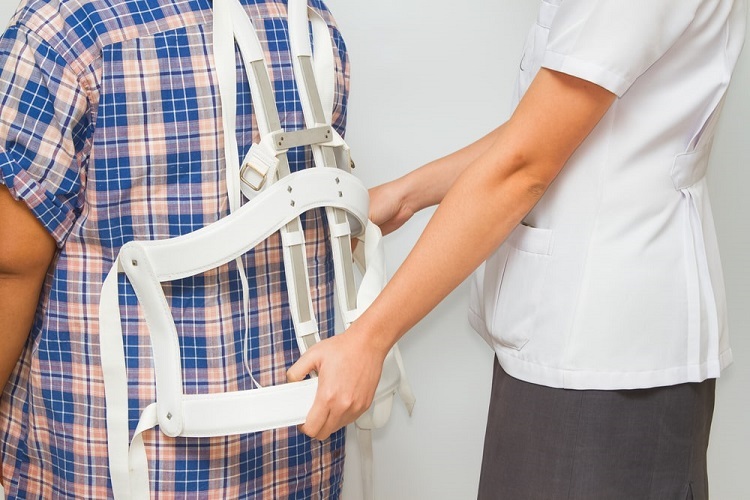Getting a spinal fracture is devastating. The injuries vary from minor trauma in osteoporosis patients causing painful compression fractures to severe cases like fracture-dislocations from motor accidents. Eventually, the fractures become unstable or immobile with high peril of spinal cord pain and injury. Dr. George Kakoulides, MD, of Huntington’s spine fracture, is a board-certified neurosurgeon well experienced in treating minor to complex spine injuries. He skillfully treats the condition with enhanced surgical procedures serving the regions of Smithtown, West Islip, and Huntington, New York. Call the offices in New York or book an appointment using the online feature today to enjoy these relieving services.
Table of Contents
Understanding Spinal Fractures
This kind of injury may not need surgery; however, severe fractures may develop into long-term health complications unless treated as required. Bone weakening can result in painful episodes of compressions on the vertebrae. Dr. George can now use the modest tech to re-expand the body of the vertebrae, also known as kyphoplasty, and makes its strength greater through bone cement injections.
Spinal injuries happen primarily in the mid-back and lower back or at the bonding of the two called the thoracolumbar junction. Dr. Kakoulides determines your treatment schedule depending on your injuries.
Causes
Compression fractures occur when external pressure on your spine supersedes the potential of the vertebral column or bone to anchor the load. If the whole vertebral column crumbles, it causes a burst fracture.
Mild compressions result in mild deformity and pain. Some of these extensive-energy traumas include; fall from heights, auto accidents, violent involvement in events like gunshots or sports injuries. Additionally, if you have tumors, osteoporosis, or any underlying condition weakening the bones, you can easily injure a vertebra even by a twist. The fractures gradually develop unnoticed and asymptomatically until a bone breaks.
Symptoms
A thoracic or lumbar injury can trigger a mild or severe back pain that increases with movement. If your nerves or spinal cord are involved, you will experience numbness, limb weakness, tingling, or bowel dysfunction.
In extreme-energy trauma, you will experience loss of consciousness and brain damage. Severe damages might result in paralysis.
Treatment
Dr. George targets pain elimination, underlying osteoporosis, and fracture to evade future spinal injuries. The therapy depends on specific fracture patterns, other injury treatments, and neurological damage. Once life-threatening injuries are stable, Dr. George and his team will determine fracture patterns and makeup if surgery is required. The MRI machines show soft tissue damage while the CT scans and X-rays present bone injuries.
The team uses back bracing to offer external anchorage limiting motion in a fractured vertebra, thus reducing pain. In instability cases, implanting screws and rods are placed for restoration and minimally invasive surgery or a traditional open surgery done for severe injuries.
In deformed bones, kyphoplasty corrects and relieves pain related to compression fractures of the spine. The X-ray enhances the accuracy of guiding a thin catheter in the vertebrae. The catheter then inflates the balloon to inject the bone cement that hardens in less than 10 minutes, restoring its integrity and strength.
Call or book your appointment with Dr. Kakoulides George to get spine injury treatment today.

